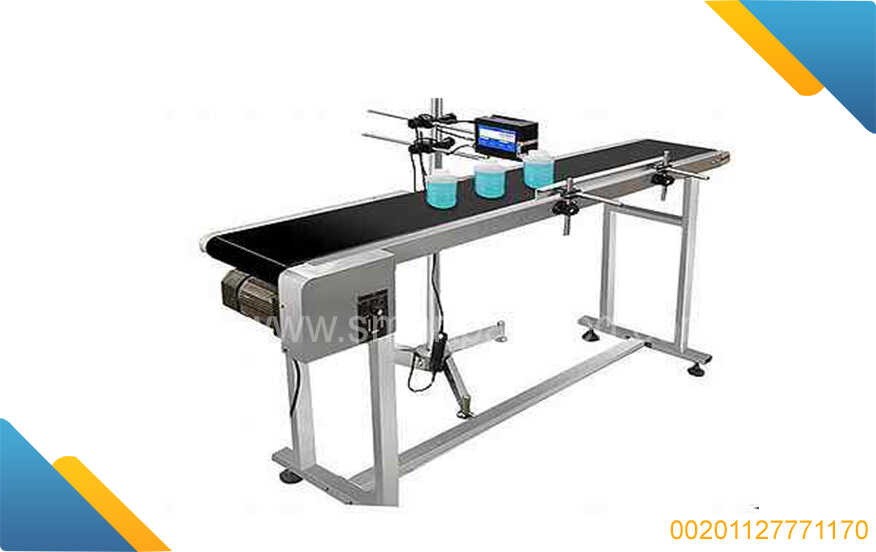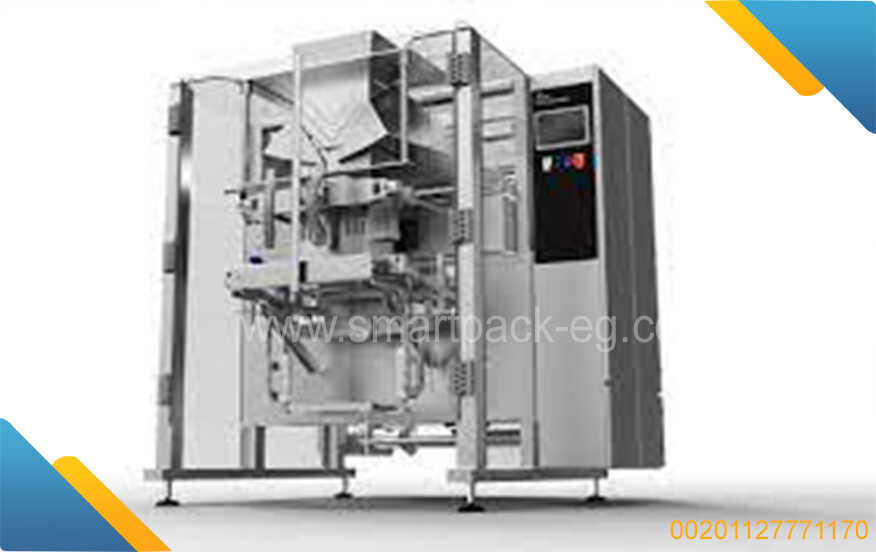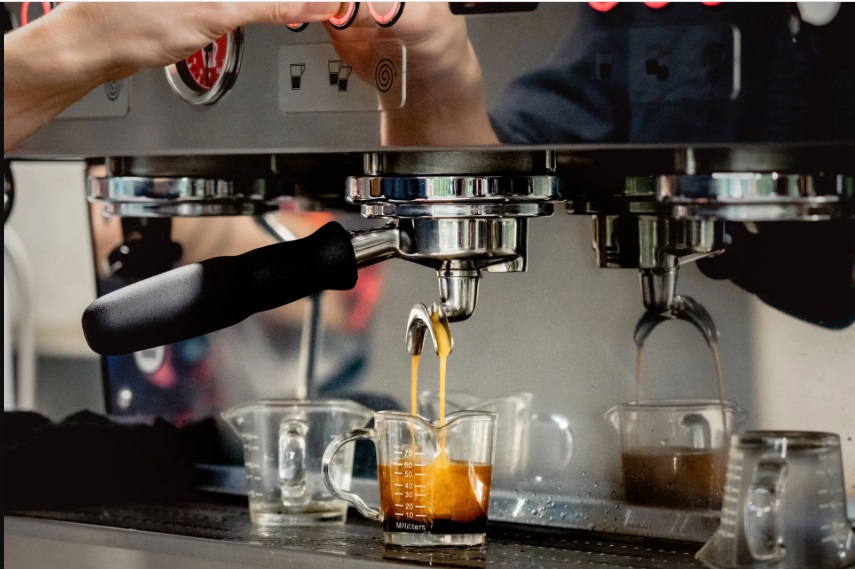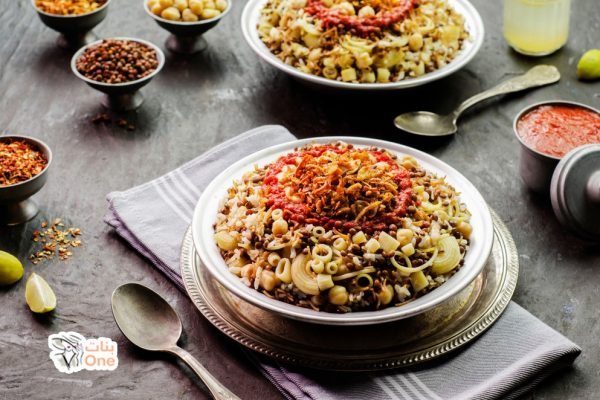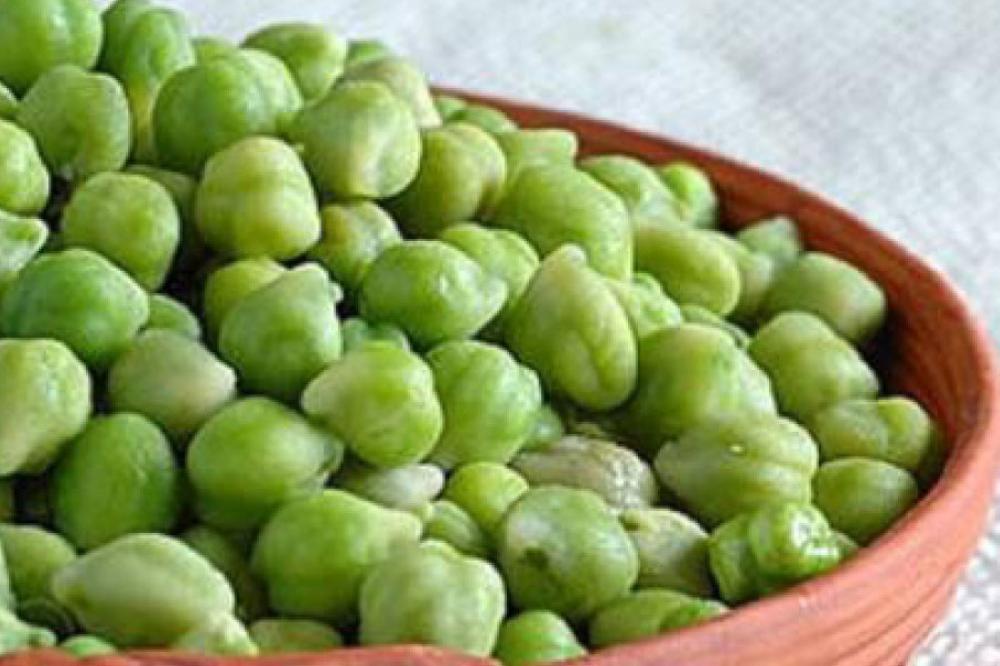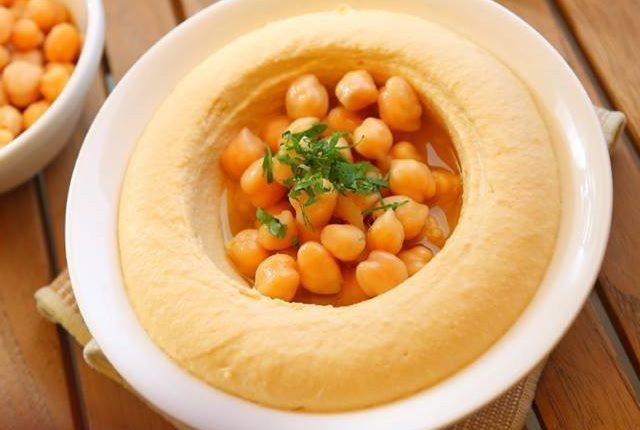How to Guide: Wheat Milling, Wheat Grain Packaging Machines, and the Required Production Line
Introduction:
Wheat milling is the process of transforming wheat grains into flour, and it plays a crucial role in the food industry. To ensure efficient and high-quality flour production, it is essential to have the right wheat grain packaging machines and a well-designed production line. In this guide, I will walk you through the steps involved in wheat milling, the types of wheat grain packaging machines available, and the necessary components of a production line.
- Wheat Milling Process:
The wheat milling process consists of several stages which include cleaning, conditioning, milling, and packaging. Here's a breakdown of each step:
a. Cleaning: This stage involves removing impurities such as stones, dust, and foreign particles from the wheat grains. It typically includes processes like sieving, aspiration, and magnetic separation.
b. Conditioning: In this step, the cleaned wheat grains are moisturized to make them more suitable for milling. This process helps in achieving optimal quality flour.
c. Milling: The conditioned wheat grains are ground into flour in this stage. There are different types of mills available, including roller mills and hammer mills. These mills crush and grind the grains to produce flour of various consistencies.
d. Packaging: Once the flour is milled, it needs to be packaged efficiently. Proper packaging ensures product safety and shelf life. We'll delve deeper into wheat grain packaging machines next.
- Types of Wheat Grain Packaging Machines:
a. Bagging Machines: Bagging machines are commonly used for packing flour into bags. These machines have a filling mechanism that measures the desired amount of flour and fills it into bags automatically. Bagging machines can be manual, semi-automatic, or fully automatic, depending on the volume of production.
b. Palletizing Machines: After the bags are filled with flour, they need to be stacked onto pallets for easy storage and transportation. Palletizing machines efficiently stack the bags onto pallets, ensuring stability and reducing handling time.
c. Sealing Machines: To maintain the freshness and quality of the packaged flour, sealing machines are used. These machines seal the bags to prevent moisture and air from entering, thereby extending the shelf life of the product.
- Components of a Production Line:
A well-designed and efficient production line is vital for seamless wheat milling. Here are some essential components to consider:
a. Conveyors: Conveyors transport wheat grains from one stage to another in the milling process. They help in minimizing manual handling and ensure a smooth workflow.
b. Storage Silos: These are large containers used to store wheat grains before the milling process. Silos help in maintaining grain quality and prevent spoilage.
c. Control Systems: Control systems are used to monitor and manage the entire wheat milling process. They ensure the right conditions, such as temperature and moisture level, are maintained for optimal flour production.
d. Quality Assurance Equipment: It is crucial to include quality assurance equipment to check the quality of flour at different stages. These may include instruments for measuring moisture content, particle size, and gluten content.
Conclusion:
Wheat milling is a complex process that involves various stages, including cleaning, conditioning, milling, and packaging. The use of suitable wheat grain packaging machines ensures efficient packaging and optimal product quality. Additionally, a well-designed production line with conveyors, storage silos, control systems, and quality assurance equipment is necessary for smooth operations. By following this guide, you will be equipped with essential knowledge to establish a successful wheat milling operation.

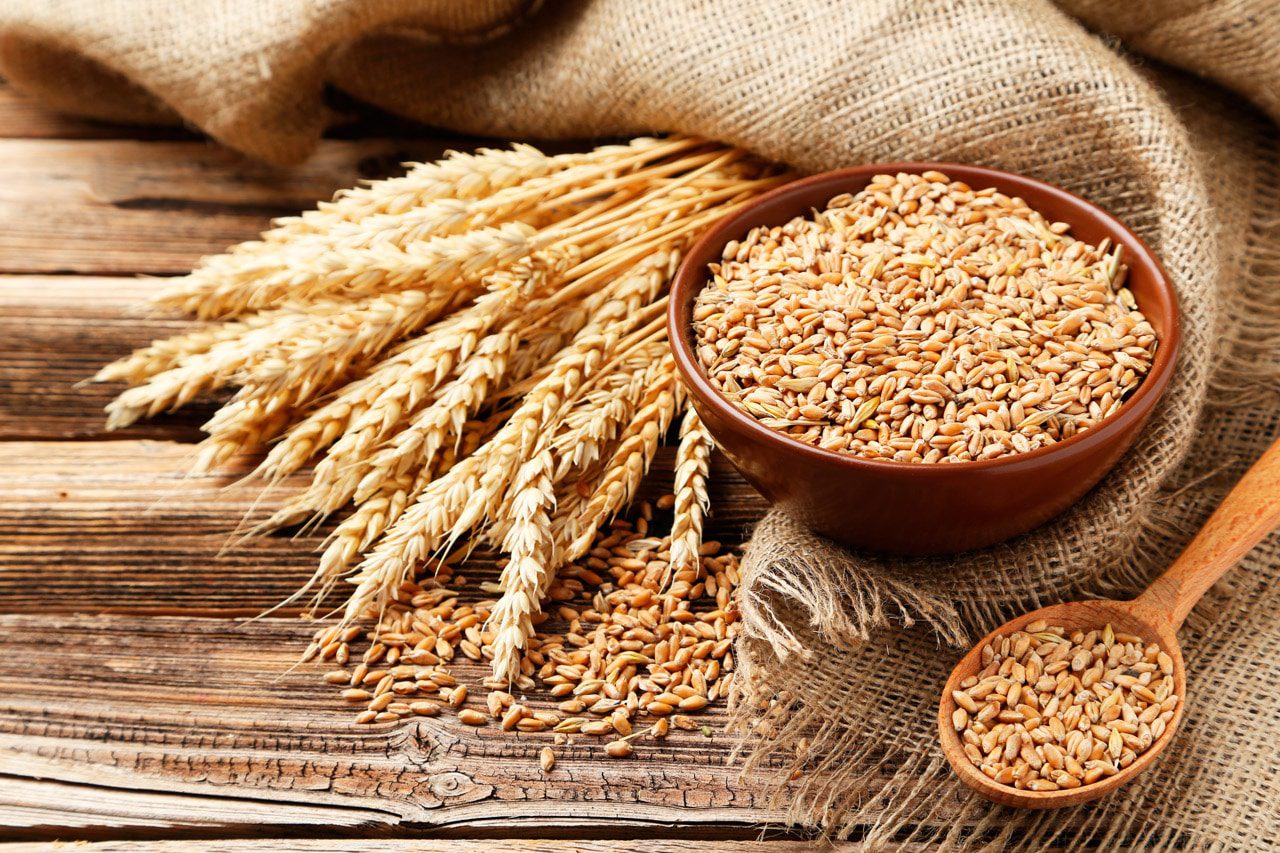
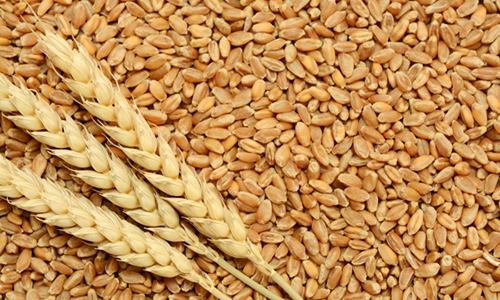
 Admin
Admin 